Rainbow Rising
Buy Rising Rainbow returned with a revamped lineup and fresh approach for the group’s second studio album, Rising. The record is comprised of six solid compositions which are comparable to the material the […]
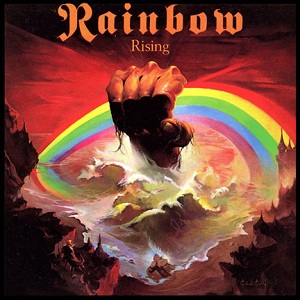
Buy Rising Rainbow returned with a revamped lineup and fresh approach for the group’s second studio album, Rising. The record is comprised of six solid compositions which are comparable to the material the […]
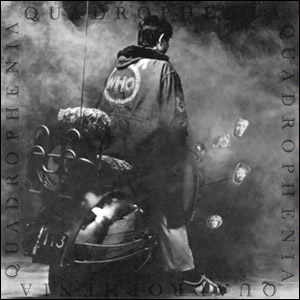
Buy Quadrophenia Quadrophenia completed the mega-creative trifecta for The Who, which peaked with Who’s Next in 1971 but was bookended by the two greatest rock operas ever – Tommy in 1969 and this […]
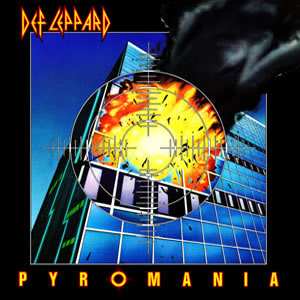
Buy Pyromania Def Leppard struck gold (well, actually diamond) with their third LP Pyromania. The album was a phenomenal success, eventually selling over ten million copies in the U.S. and being certified “diamond” […]
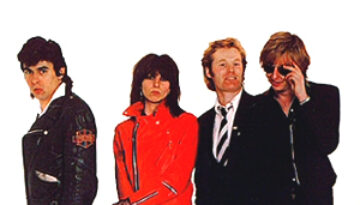
Buy Pretenders Pretenders, is the self-titled debut studio album by the British-American band of the same name. Released just weeks into the new decade of the eighties, this was one of the more […]
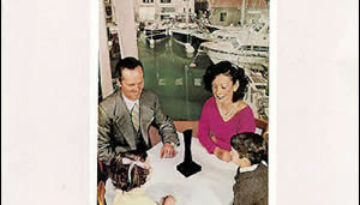
Buy Presence In late 1975, Led Zeppelin had planned a world tour to capitalize of the phenomenal success of their latest album Physical Graffiti. The band was at the absolute zenith of their […]
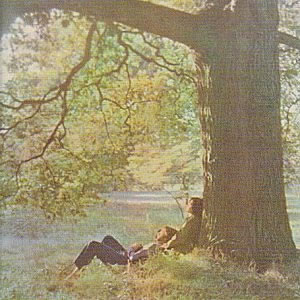
Buy John Lennon/Plastic Ono Band Our third and final installment of the “Life After Beatles” series looks at the critically acclaimed debut record by John Lennon called John Lennon / Plastic Ono Band. […]
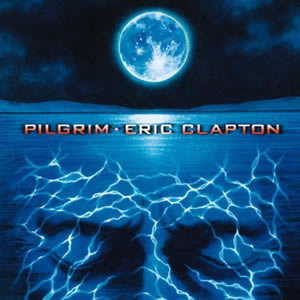
Buy Pilgrim The thirteenth overall studio album of his then-decades long solo career, Pilgrim was the first record by Eric Clapton in nearly a decade to feature all new studio material. The songs […]
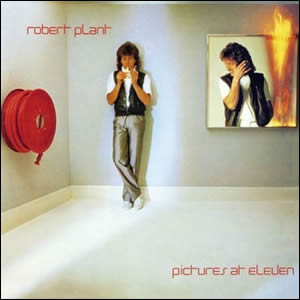
Buy Pictures at Eleven Pictures At Eleven was sweet relief for Zeppelin-starved fans still in shock over John Bonham’s death and the break up of Led Zepplin when it was released as Robert Plant‘s debut solo album […]
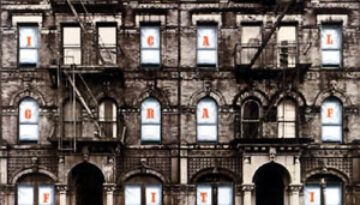
Buy Physical Graffiti Today we cover an album that epitomizes everything that is great about classic rock. Through their dozen years as a band, Led Zeppelin released eight studio albums, all of which were […]
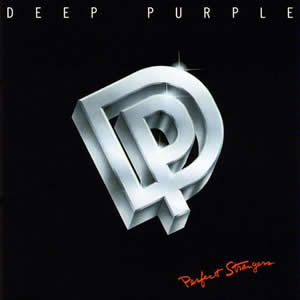
Buy Perfect Strangers Through the past half century of classic rock and roll, there have been scores (if not hundreds) of major group reunions, with very mixed results. However, there have been very […]